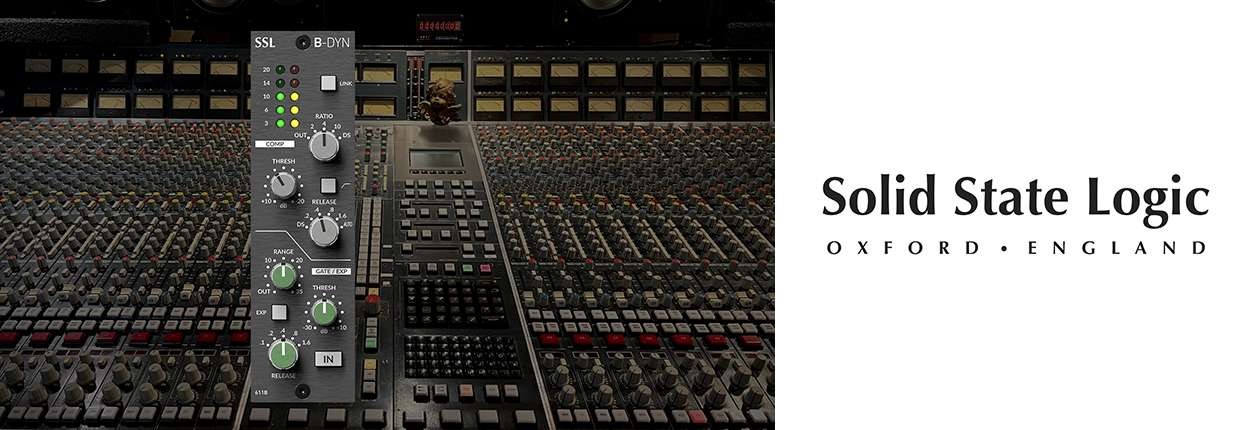Events and News
Published on 23/08/2023

The 4000 B Dynamics B-DYN 500 series module takes the dynamics processor found in the channel strip of the SL 4000 B console and puts it into 500 Series format.
Released in 1976, the 4000 B was the first console ever manufactured by Solid State Logic and was famously used in The Stone Room at Virgin’s Townhouse Studio (London), Le Studio (Montreal) and Record Plant (LA).
It was responsible for countless iconic records, including Phil Collins’ In the Air Tonight and Peter Gabriel’s Intruder, both of which feature characterful compression on drums and vocals.

The B-DYN module allows users to add heavily coloured, grabby, saturated compression from one of the rarest studio consoles ever made to their production toolkit.
The dynamics Section in the SL 4000 B console channel strip was unlike any other SSL channel dynamics module that followed, using the fader VCA as its gain element, rather than a dedicated VCA.
It had a design similar to the topology of the SSL Bus Compressor.
This VCA ‘feedback’ design has been inherited by the B-DYN module, offering characterful and coloured compression, with its own unique sonic signature - very different from the later E and 9000 Series. These similarities are also evident from B-DYN’s ‘Auto’ release setting, which offers a program-dependent release time as found on the Bus Compressor.
The features of the new B-DYN 500 follow:
Check it out in the following video:
Join us today and get 5% off your next order!

Empty cart